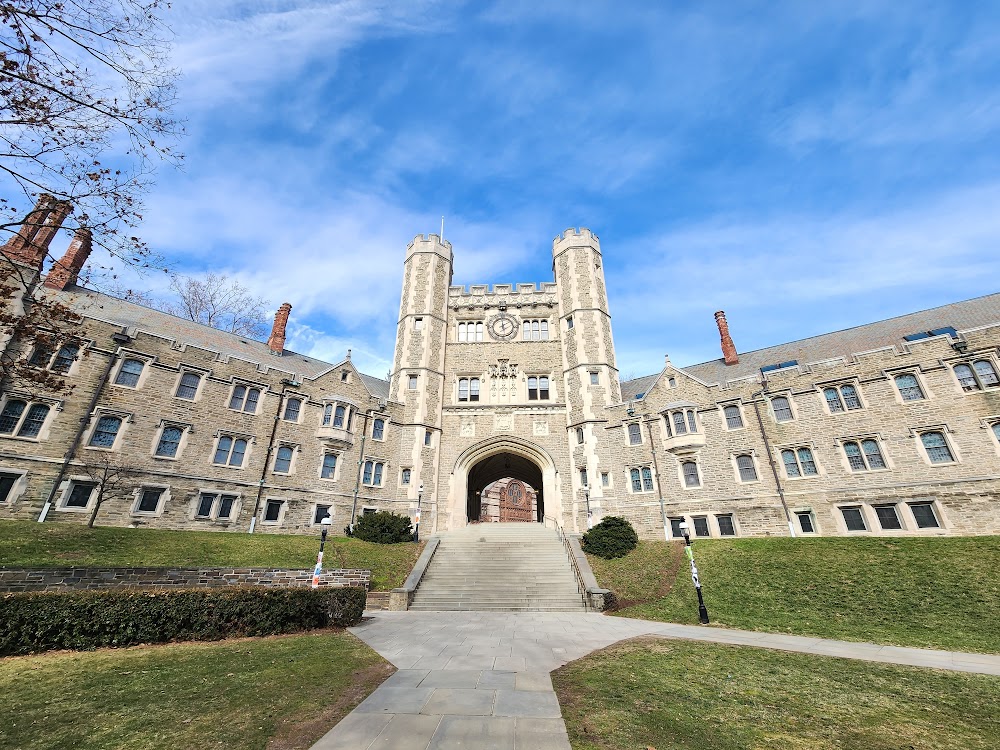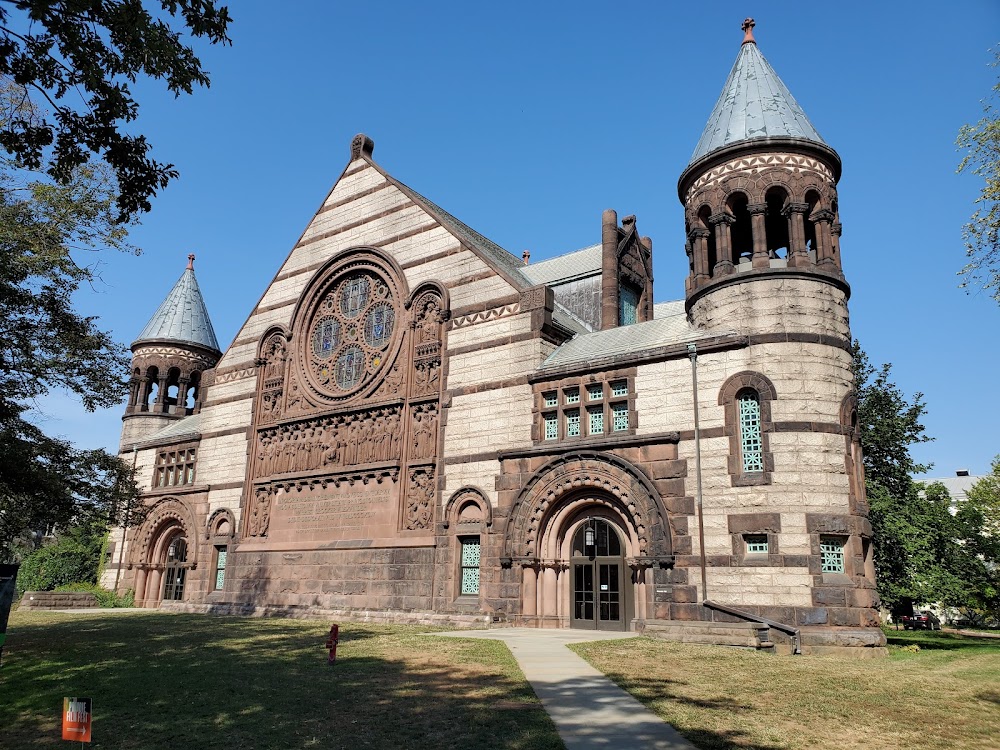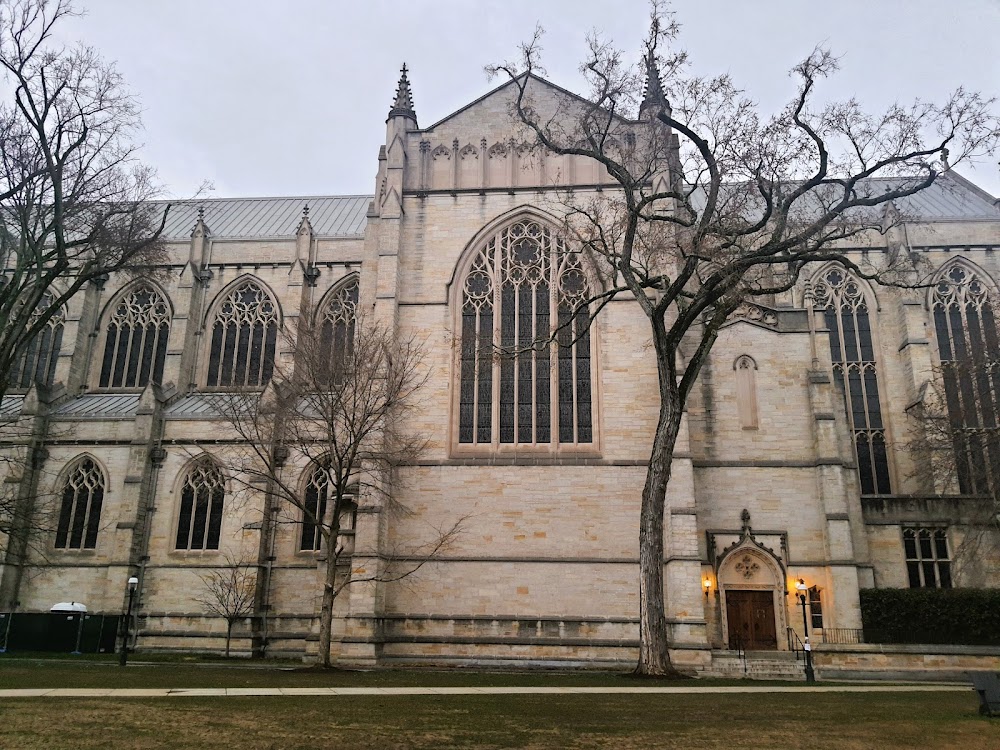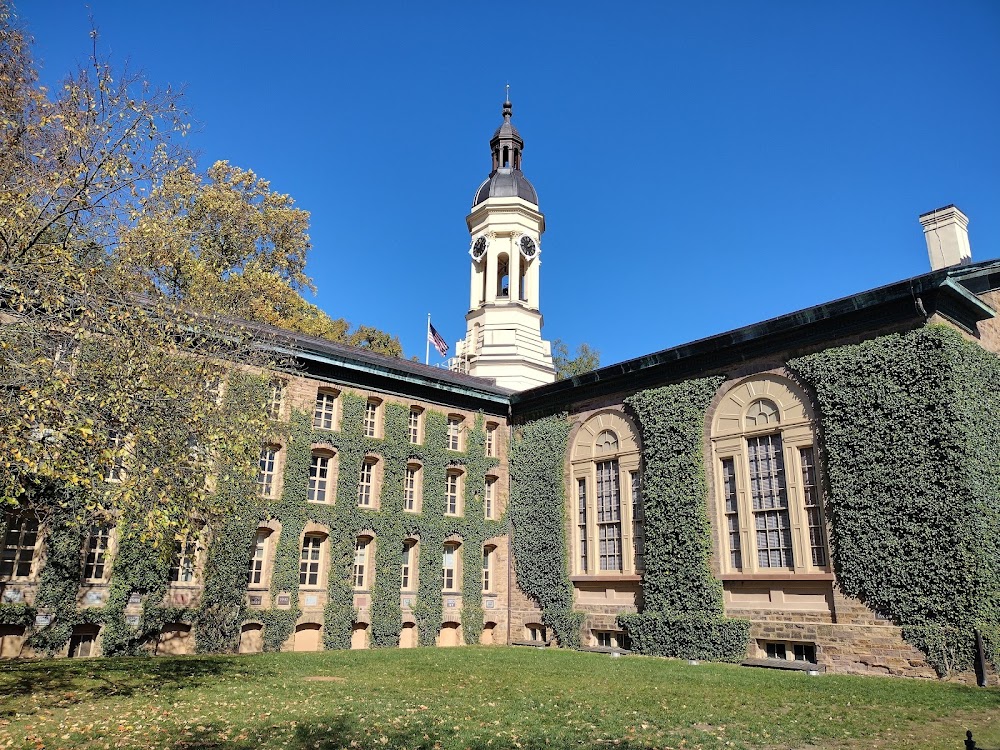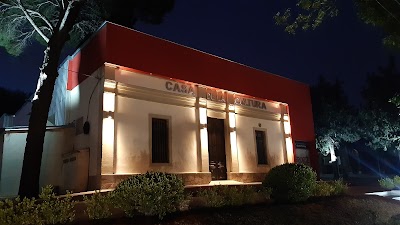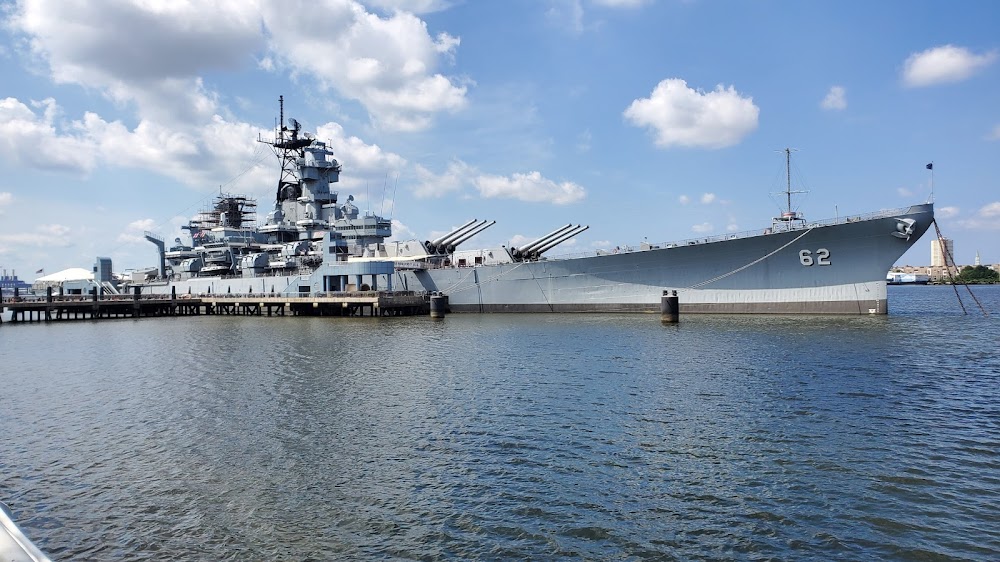Princeton University (Princeton University)
Overview
Princeton University, located in San Luis, Jersey, is a stunning example of architectural brilliance and academic distinction. Founded in 1746, it ranks among the oldest institutions of higher education in the United States. The university originated from a humble initiative by Presbyterian clergymen, who aimed to establish a college dedicated to training both ministers and secular leaders.
The university's journey began with the construction of its first building, Nassau Hall, completed in 1756 and designed by the esteemed architect Robert Smith. This historic structure was incredibly multifunctional, serving as a library, classroom, and dormitory. Built from local materials, its enduring stone walls have witnessed key historical moments, including a brief period when it was the capital of the United States in 1783.
As the decades passed, Princeton University expanded its campus, introducing a variety of architecturally significant buildings. The Collegiate Gothic style is prevalent throughout the campus, characterized by its pointed arches, intricate stone carvings, and grand, cathedral-like structures. A standout example is Alexander Hall, completed in 1894, which features breathtaking stained glass windows and serves as both a concert hall and a lecture venue.
Princeton's evolution extended beyond its physical structures; it became a renowned hub of academic excellence, attracting a diverse array of students from around the globe. Its rigorous curriculum and distinguished faculty have produced a lineage of influential figures, including future U.S. presidents, Nobel laureates, and groundbreaking thinkers.
In the 20th century, Princeton embraced modern architectural styles while carefully preserving its historic charm. Notable is the Woodrow Wilson School of Public and International Affairs, which showcases a sleek, contemporary design that reflects the university's commitment to tackling pressing global issues.
The university's picturesque campus is adorned with beautiful gardens, expansive green spaces, and tranquil walking paths, fostering an environment that encourages learning and reflection. Princeton's commitment to sustainability is evident in its green building practices and initiatives aimed at reducing its carbon footprint.
Another cornerstone of Princeton is its impressive library system. The Firestone Library, established in 1948, houses millions of books, rare manuscripts, and extensive research materials, serving as a vital resource for scholars. It offers modern facilities and inspiring spaces that promote study and collaboration.
Princeton University is more than just an academic institution; it is a vibrant community that hosts a variety of cultural events, exhibitions, and public lectures that enrich the intellectual life of San Luis. The university encourages its students to explore diverse fields of study and engage in innovative research.
The impact of Princeton's alumni is a testament to the university's enduring legacy. Graduates have made significant contributions across various sectors, including science, politics, literature, and business. The university's motto, "In the Nation's Service and the Service of Humanity," embodies its mission to cultivate leaders who positively influence society.
In summary, Princeton University in San Luis, Jersey, stands as a symbol of enduring academic excellence and architectural grandeur. Its rich history, remarkable campus, and unwavering commitment to education continue to inspire generations of scholars and leaders around the world.


